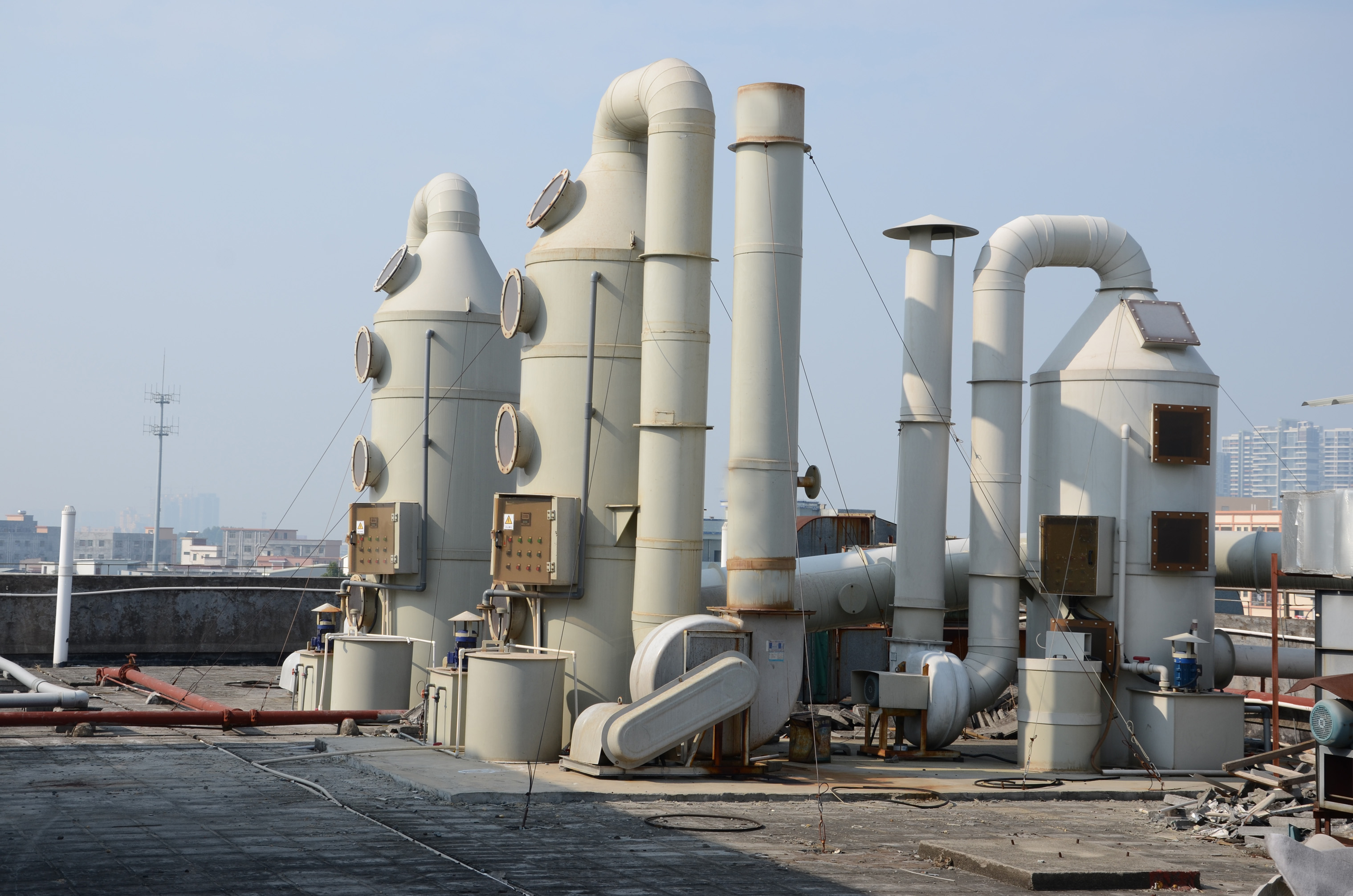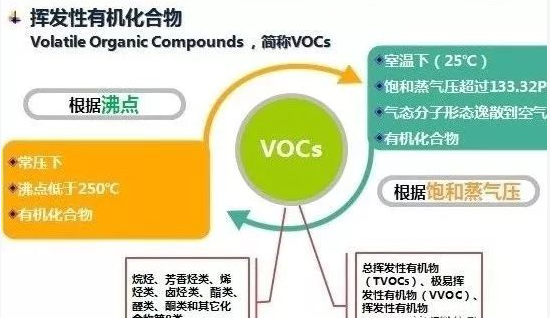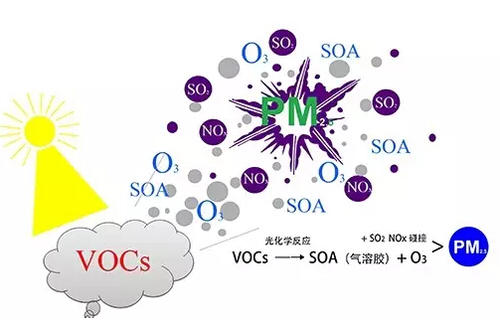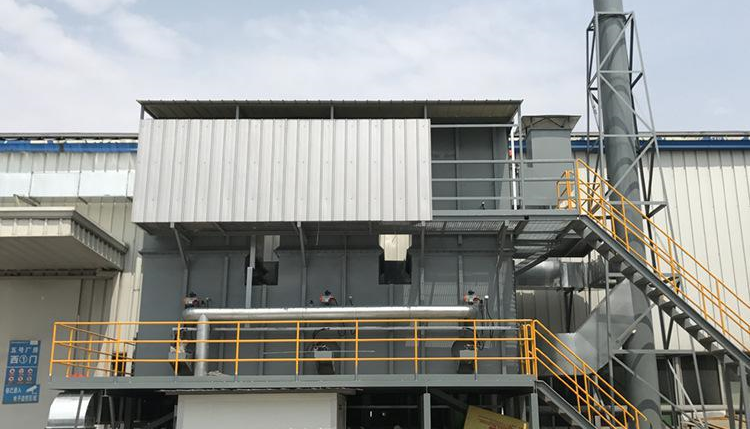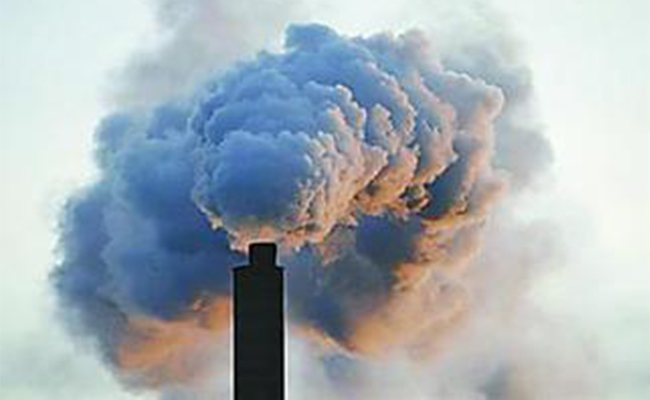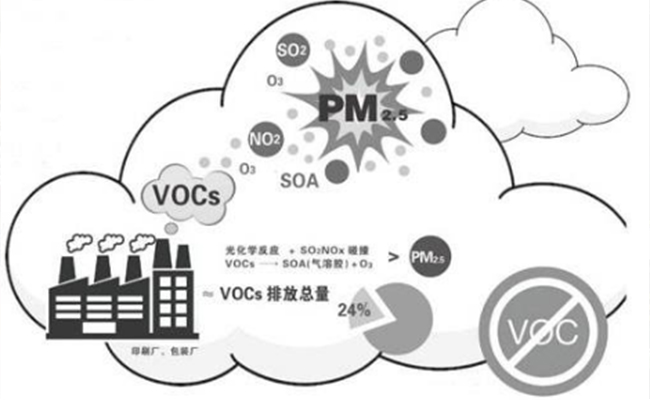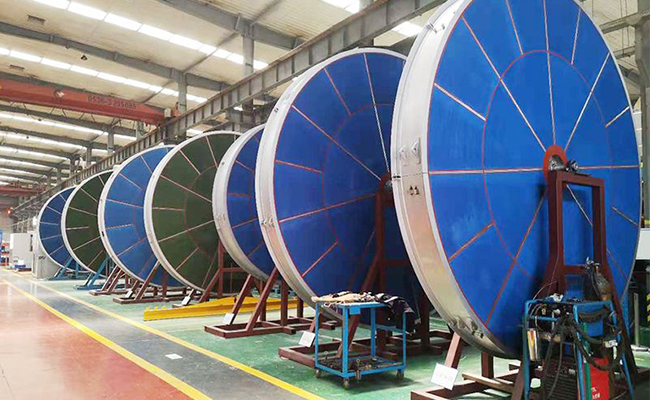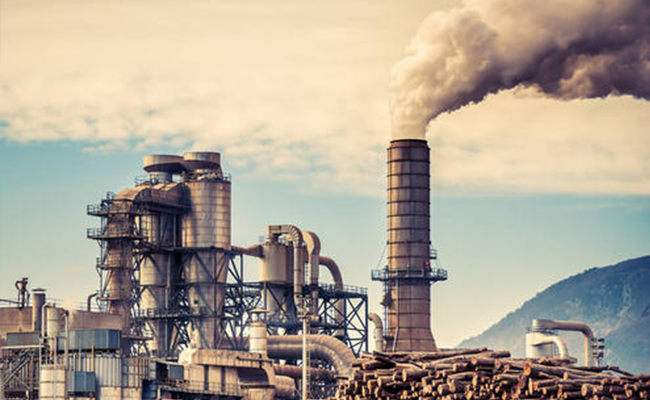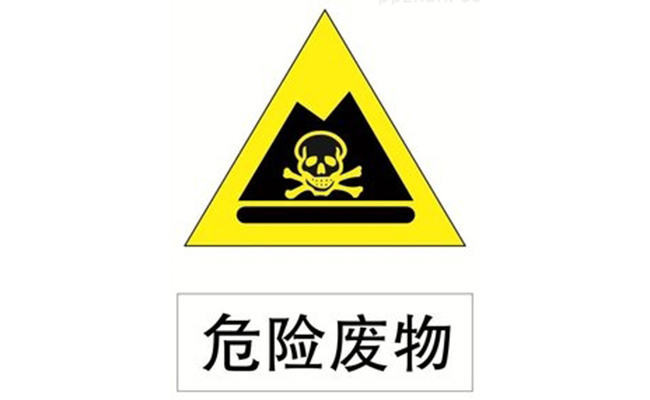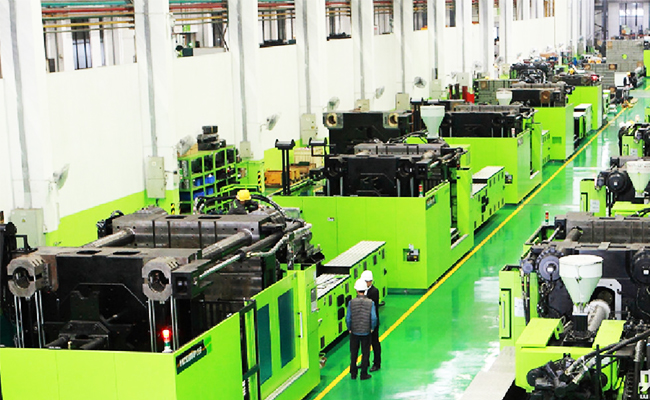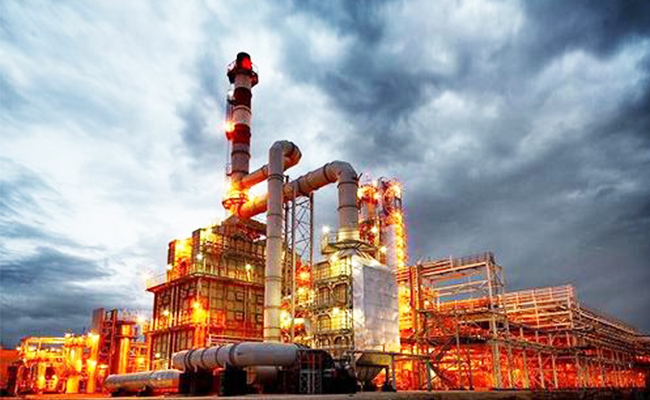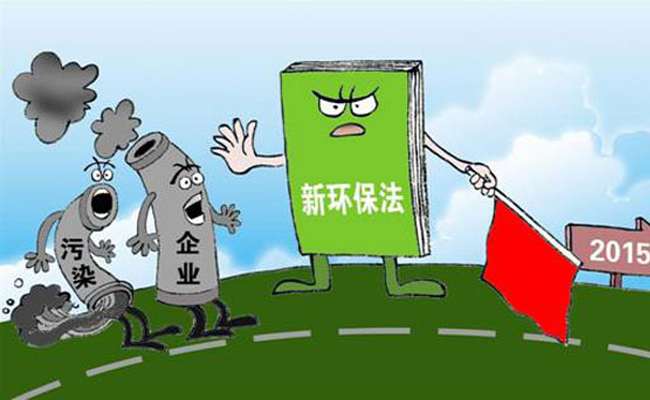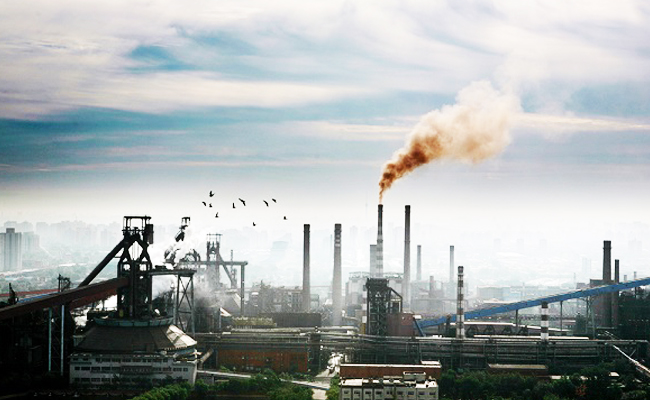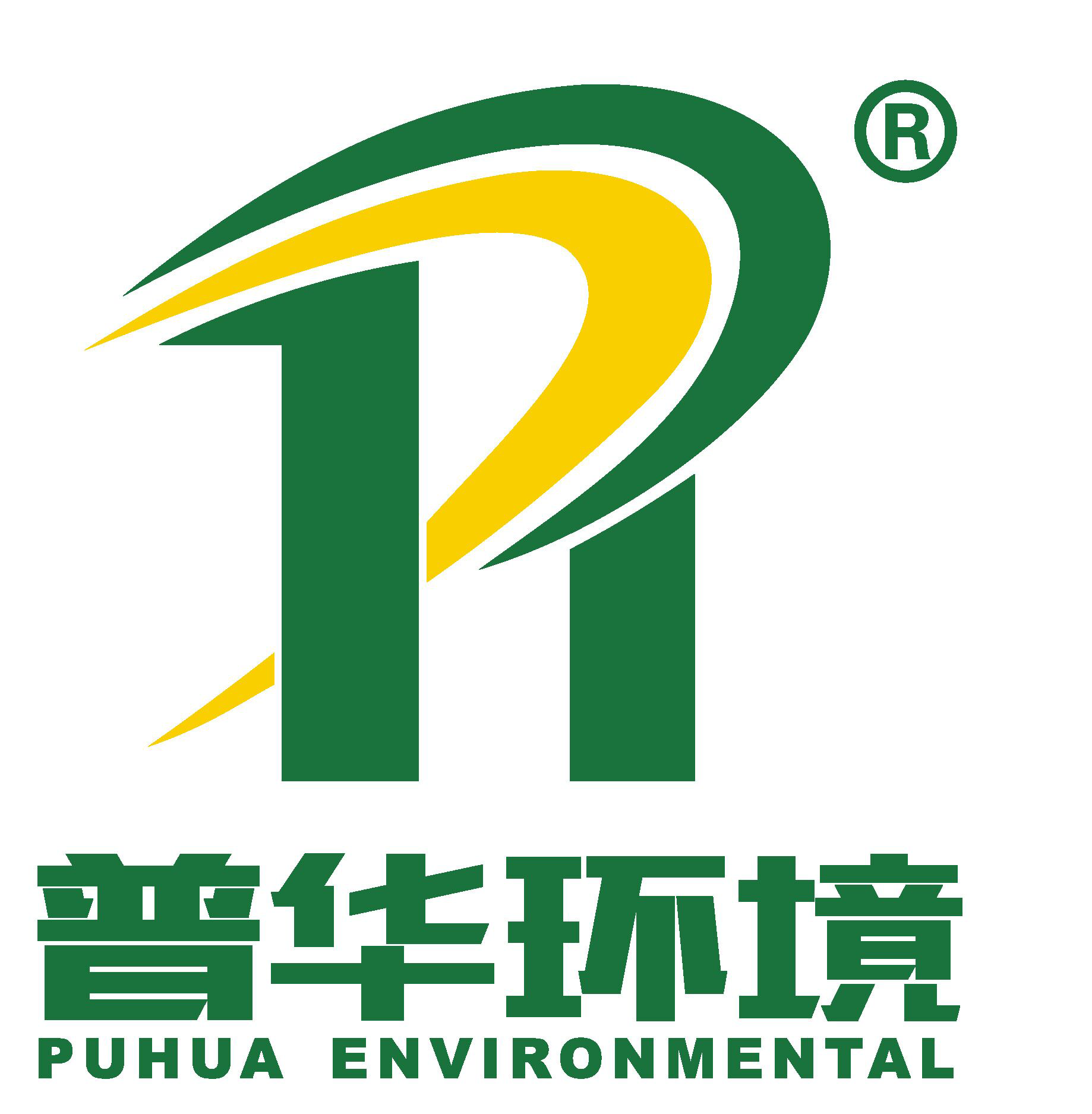
-
Factory Environmental Governance Comprehensive Solution Provider
-
Focus on R & D and manufacturing of VOCs exhaust gas treatment equipment

Focus on R & D and manufacturing of VOCs exhaust gas treatment equipment
Interpretation of the Comprehensive Control Plan for Volatile Organic Compounds in Key Industries-End-of-line Governance Technology
On June 26, 2019, the Ministry of Ecology and Environment released the "Integrated Control Plan for Volatile Organic Compounds in Key Industries" (Huanqiang [2019] No. 53, hereinafter referred to as the "Plan"). The "Proposal" puts forward some issues that need to be addressed in the governance of VOCs, gives corresponding control ideas and requirements, and targets six key industries and fields from source emission reduction, unorganized control, and terminal governance applicable technologies. And so on.
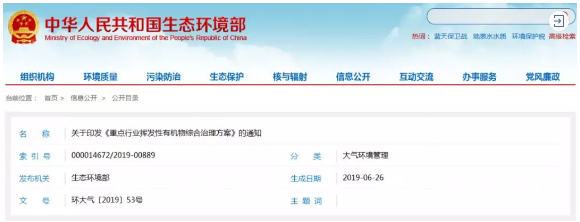
The "Proposal" proposes that "VOCs have complex exhaust gas components, diverse treatment technologies, large applicability differences, and high requirements for technology selection and system matching. China's VOCs treatment market started late, with low barriers to entry, and insufficient regulatory capacity. The quality of pollution facilities construction varies, and the phenomena of coping and ineffective treatment are outstanding. In some areas, low-temperature plasma, photocatalysis, and photo-oxidation have been used for inefficient technologies of more than 80%, and the pollution control effect is poor. For reasons such as system mismatch, even if an efficient treatment technology is selected, the expected pollution control effect has not been achieved. "
In general, a large number of pollution control facilities are currently simple and inefficient, and cannot meet the requirements of increasingly stringent emission standards. Therefore, the "Proposal" put forward the requirement of "advancing the construction of suitable and efficient pollution control facilities", which indicates that China's VOCs pollution control facilities will develop from the previous focus on "no problem" phase to the "standardized and high quality" construction phase. In the future, A few years will be a key period for the transition of VOCs governance in China from the development stage to the mature stage.
Due to the complexity of VOCs pollution emissions, the end treatment technology system is extremely complicated. How to choose a practical treatment technology economically and reasonably is the key to the success of the treatment. In actual engineering applications, the treatment technology should be reasonably selected according to the exhaust gas concentration, composition, air volume, temperature, humidity, pressure, and production conditions. At present, the reason why a large number of pollution control facilities are simple and inefficient, in addition to the pursuit of low cost by enterprises, enterprises do not understand various technical characteristics, and cannot reasonably choose governance technologies is also an important reason.Based on the summary of the previous VOCs governance work, the "Proposal" proposes practical governance technologies for VOCs for different working conditions and different key industries, and defines the scope of application of different technologies, and the end of VOCs for key industries Governance has important guiding significance.
Aiming at the technical choices proposed in the "Plan", combined with the actual emissions of VOCs and the need for governance, personal opinions are provided on the technical choices and applicability of VOCs under different emission conditions for discussion.
(A) a high concentration of the exhaust gas, the priority input line solvent recovery, difficult to recover, should adopt the high-temperature incineration, catalytic combustion purification techniques
Solvent recovery technologies include processes such as adsorption, condensation, liquid absorption, and membrane separation. Among them, condensation recovery is suitable for high-boiling-point and high-concentration VOCs exhaust gas; the scope of application of liquid absorption and membrane separation processes is relatively narrow, but only used under specific conditions; adsorption recovery process (with activated carbon / activated carbon fiber as adsorbent, etc.) ) The widest range of applications, widely used in oil and gas recovery, packaging and printing, petrochemical, chemical and chemical, bulk drug manufacturing, spraying and other industries.
Solvent recovery of high-concentration organic waste gas often has good economic benefits. In some industries, even though the concentration of organic matter in the exhaust gas is relatively low, it is of high value and needs to be recycled. Solvent recovery can achieve the recycling of resources, and in the long run, it will receive more and more attention.
(2) VOCs waste gas with low concentration and large air volume should be condensed by zeolite runner adsorption, activated carbon adsorption, wind reduction and enrichment, etc., and the concentration of VOCs should be purified before treatment.
In most industries VOCs are low concentration, high winds in the form of row put. In order to reduce the cost of treatment, low-concentration exhaust gas is usually concentrated, followed by condensation recovery, catalytic combustion or high-temperature incineration. Due to the huge market demand, the application of adsorption and concentration technology has developed rapidly in recent years. Especially, the rotary adsorption and concentration technology with zeolite (molecular sieve) as the adsorption material is the mainstream technology for the treatment of low-concentration VOCs in many industries. It is considered as such as automobile manufacturing. Best Available Governance Technologies for the Spray Industry.
Rotary adsorption concentration technology using zeolite as the adsorption material is suitable for the treatment of continuously and stably low-concentration exhaust gas. For the intermittent, non-steady state exhaust gas emission process, the fixed-bed adsorption concentration process is the most economical , and has been widely used in industries such as spray coating, chemical industry, and printing.
In industries such as spraying, packaging and printing, the exhaust ventilation process design can be optimized to allow low-concentration exhaust gas to pass through the process cycle to increase the concentration of pollutants in the exhaust gas, while reducing the amount of exhaust gas to achieve the purpose of reducing wind and increasing concentration. Through the design of wind reduction and enrichment, the zeolite runner adsorption and concentration process can be omitted, and the RTO / RCO can be directly burned and purified or the solvent can be recovered by condensation, reducing the investment in treatment facilities. This process should be vigorously promoted and applied in qualified enterprises.
(3) The biological method is mainly applicable to the treatment of low-concentration VOCs waste gas and malodor.
Biological method has the advantages of simple equipment, low investment and operating costs, no secondary pollution, etc. In recent years, research work in the field of organic waste gas purification has progressed rapidly and the scope of application has been continuously expanded. With the continuous development of various biological agents and new biological fillers, in addition to the application in the field of deodorization, it has gradually expanded to the purification of various types of organic substances such as ketones, aldehydes, and esters.
However, due to the low degradation rate of organic pollutants by biological methods, it is only economical when dealing with low concentrations of organic waste gas. In addition, because biological strains are specific to the degradation of organics, they are only suitable for the purification of easily biodegradable organics, and their universality is poor.
Biological law itself is a kind of green environmental protection purification technology, which is favored in foreign VOCs treatment field. In the long run, biological purification technology will get faster development and more applications.
(4) Low-temperature plasma, photocatalysis, and photooxidation technologies are mainly applicable to the treatment of malodor and odor
This type of technology is listed as one of the inefficient treatment technologies in the "Plan" because the environmental protection inspection found that this type of equipment is widely used in the purification of VOCs, but the actual purification effect is very poor . The reason for the large-scale use of this type of technology is that the management departments in the past few years have issued requirements for the management of VOCs within a period of time, but they lack the corresponding technical guidance. Such purification equipment has become an enterprise because of its low cost and simple equipment ( (Especially for SMEs).
Practice has shown that, although this type of technology has low purification efficiency for VOCs, it has a good effect in the treatment of malodor. Therefore, this type of technology is defined in the "Plan" as being applicable to the field of malodor treatment, especially for the purification of malodor after the VOCs are discharged.
The improvement of any technology requires a development process. At present, many domestic enterprises and research institutions are conducting in-depth research on low-temperature plasma and other technologies, including research and development of collaborative purification technologies with other technologies, such as low-temperature plasma + catalytic technology, low-temperature plasma + biotechnology, and so on. The application of this type of technology also has some room for improvement.
(5) Conditional industrial parks and industrial clusters need to strengthen resource sharing and improve the efficiency of VOCs governance
Industrial parks and industrial clusters are currently the main sources of VOCs emissions in China. Adopting centralized treatment modes such as centralized spraying, concentrated recovery of solvents, and centralized regeneration of activated carbon can effectively reduce the governance costs of a single enterprise and increase the enthusiasm of corporate VOCs management. In recent years, the above comprehensive governance models have been practically applied in different regions and have been affirmed by the industry.
Centralized spraying is suitable for industries such as auto repair and furniture manufacturing. If a single auto repair company implements exhaust gas treatment, the amount of exhaust gas is small, the treatment is difficult, and the treatment costs are high. At present, the Ў°sheet spraying modeЎ± is being promoted in various places, that is, a centralized spraying center is established in a certain area, and the spraying process of each enterprise is uniformly performed in the center, and the spraying exhaust gas is uniformly treated.
Centralized solvent recovery is suitable for areas with high solvent usage and relatively concentrated industries, such as the fabric finishing industry in Shengze Town, Wujiang District, Suzhou. Enterprises in the same industry are highly concentrated, and DMF and toluene are recovered through water absorption and activated carbon adsorption recovery Distillation purification solves the problem that the waste solvent recovered by a single enterprise cannot be effectively treated, and at the same time, it produces good economic benefits.
Activated carbon adsorption is the most widely used process in the field of VOCs purification, especially for small pollution sources. Activated carbon adsorption is an effective low-cost purification method, but the problem of activated carbon regeneration after use must be solved. At present, how to dispose of activated carbon after adsorbing organic matter has become a bottleneck problem restricting its application. For a large number of scattered small-scale emission sources, such as 4S shops, small printing, furniture, metal processing spraying, fine chemicals, etc., the establishment of an activated carbon "in-situ" regeneration unit in the owner's unit has high treatment costs and it is often difficult for the owner's unit to bear; In addition, because the state manages activated carbon that has adsorbed organic matter as hazardous solid waste, the used activated carbon must be delivered to the hazardous waste center for incineration, and the owner unit needs to pay expensive hazardous waste treatment costs. To solve this problem, it is necessary to establish a unified activated carbon centralized regeneration service center, and adopt distributed collection and centralized regeneration to make the activated carbon recycled. This can greatly reduce the governance cost of the owner unit, and can also solve the problem of recycling of activated carbon resources, which will play an important role in promoting the governance of VOCs in China.
In summary, the VOCs exhaust gas treatment technology system is extremely complicated. When implementing a treatment project, the owner must choose a suitable and efficient technology and technology combination based on the characteristics of the pollution source. If there is lack of relevant professional knowledge, you can entrust a professional institution to conduct technical consultation to determine the technical solution. In specific implementation, we must never purchase a "package cures" equipment at will.
